Suckler Beef vs. Dairy Calves: Market Trends and Future Outlook
Introduction
You can feel it in the mart yard and hear it over the wire. Talk to any beef farmer in Ireland today and it won’t be long before the same question crops up, "Is there still a future in sucklers, or is the game shifting to dairy beef?"
It’s not a simple answer, and there’s no magic formula. But it’s clear we’re standing in the middle of a quiet transition, and like all turning tides, not everyone’s sure which way to row.

The Suckler Decline – More Than Just Numbers
Let’s not pretend this is breaking news. The national suckler herd has been decreasing for years, down to around 745,000 cows now, which is over 300,000 fewer than we had a decade ago. It’s happening farm by farm, stock sale by stock sale. Not always with a bang, sometimes with a quiet final calving and a gate that doesn’t get shut again.
Why? Because the sums don’t add up like they used to. You can be working 7 days a week, calving heifers in sideways rain, and still struggling to clear €200 a week after costs. That’s not a livelihood, that’s a legacy you’re trying to hold on to.
But don’t write the system off just yet. Good suckler-bred weanlings still get snapped up fast, especially if they’ve got frame, power, and come from farmers who know their breeding inside out. The demand is still there for the right animal, it’s more so the middle that’s getting squeezed.
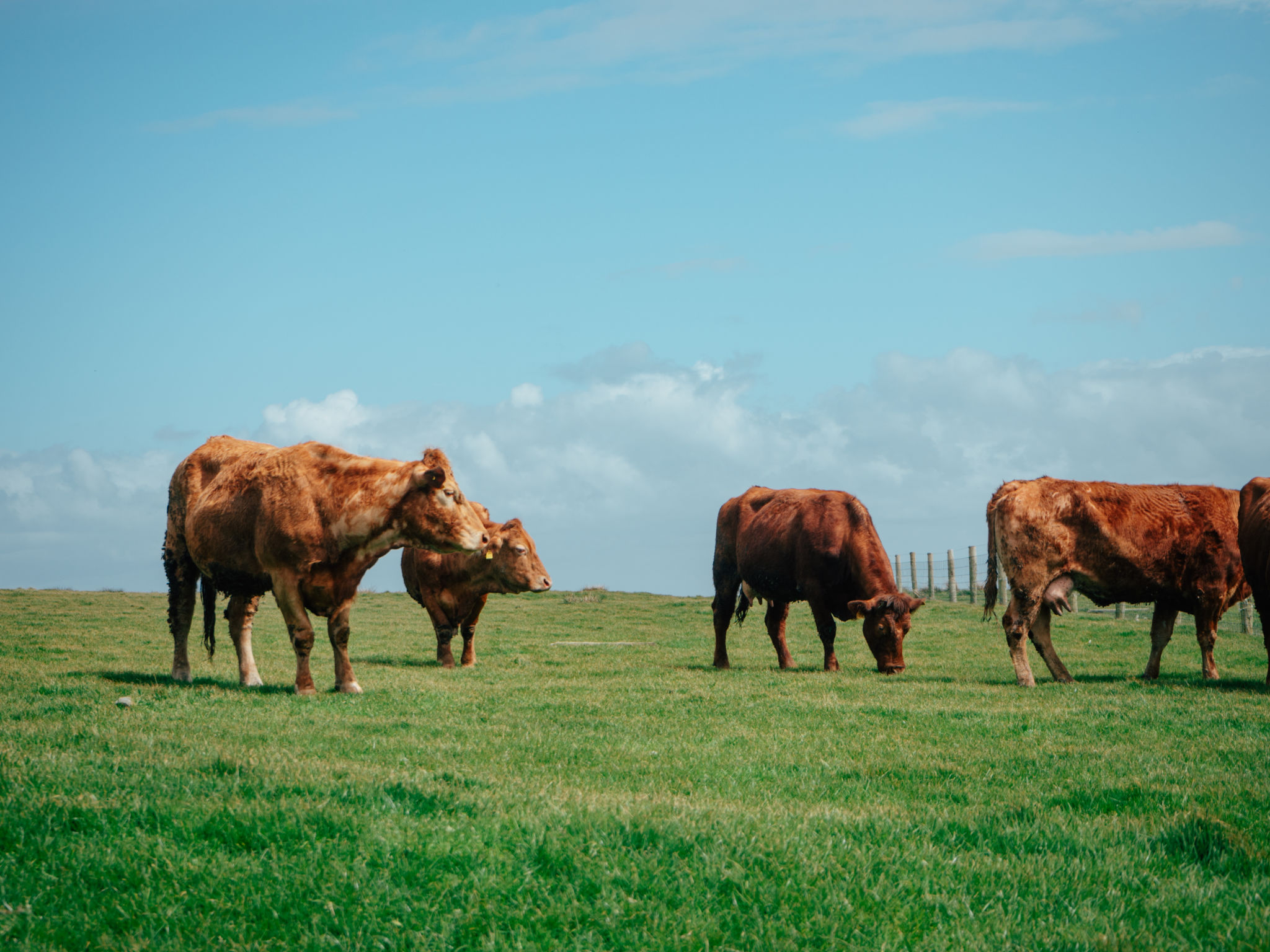
Dairy Calves Taking Centre Stage
At the same time, dairy calf-to-beef has quietly become more than a side hustle. With dairy cow numbers up nearly 500,000 in the past 15 years, there’s a ready pipeline of calves. More farmers are seeing the value in taking these animals on and doing a proper job of rearing them, especially where there’s good grass and a head for figures.
DairyBeef500 has shown that with solid management, you can bring home margins north of €1,300 per hectare. Obviously, this is not easy money, you need to be sharp on health, grazing and finishing, but it’s real, doable, and increasingly attractive.
And here’s the clincher: it fits. It fits into systems where time and money are tight. It fits with our climate goals. And for younger farmers looking to make a start, it fits the bank manager’s appetite better than buying in suckler cows at €1,800 a head.

Counting the Cost
Nobody wants to feel like they’re abandoning tradition. But at the same time, you have to keep the lights on.
The Beef Welfare Scheme will pay €75 per calf, up to €3,375 per herd, which helps suckler farmers breathe a little easier. And if you’re finishing cattle, there’s decent value in the system right now, with weanling prices up 2% and store cattle up 4% on last year. But unless you’re hitting top-end premiums, it’s hard to make it all stretch.
On the dairy side, margins can be stronger, and the scale is more flexible. You don’t need to own a hundred acres. You just need to manage the ones you’ve got well. That’s the quiet appeal that’s pulling more farmers across.
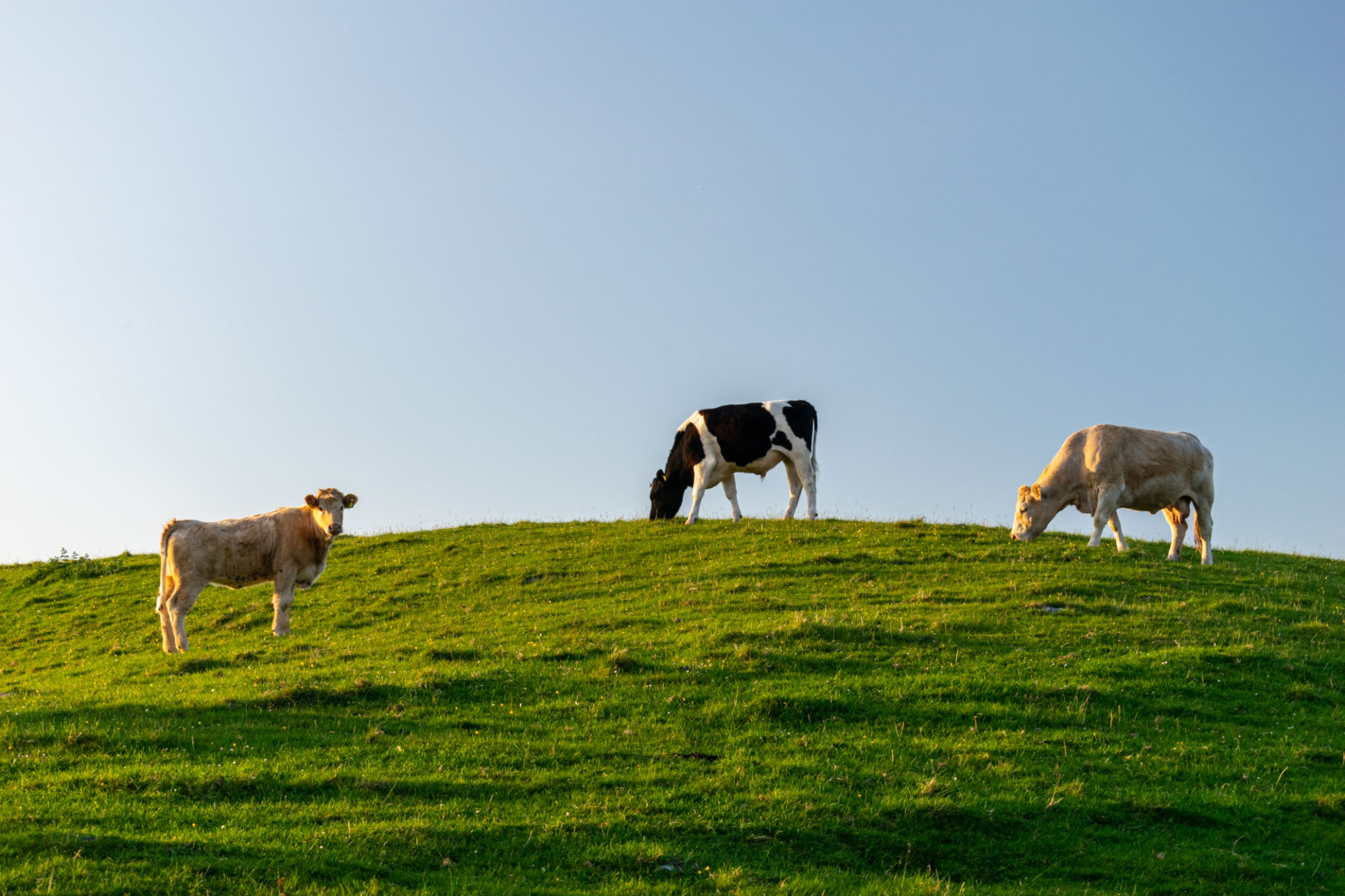
Sustainability and Consumer Preferences
Now here’s something most lads don’t talk about at the mart, but it matters. Walk into any supermarket in Dublin or Hamburg and look at the beef labels. It’s all about sustainability, animal welfare, and carbon footprints. And believe it or not, people are willing to pay for it.
A 2024 study by PWC highlighted that over 60% of consumers say they’d spend more for sustainable food. Nearly half are happy to pay up to 10% extra for meat that ticks the right boxes. And 84% of meat buyers say animal welfare is a dealbreaker. A further study showed that a one-point boost in welfare standards could push prices up by 16.4% in some regions. That’s real leverage, if you can prove your system delivers the goods.
Dairy calf-to-beef systems, especially when grass-based, line up better with that message. They’re lower on emissions per kilo, more traceable, and align well with the climate goals Brussels keeps pushing. This isn't about greenwashing, it’s about being able to say that the way we rear our cattle actually fits the future.
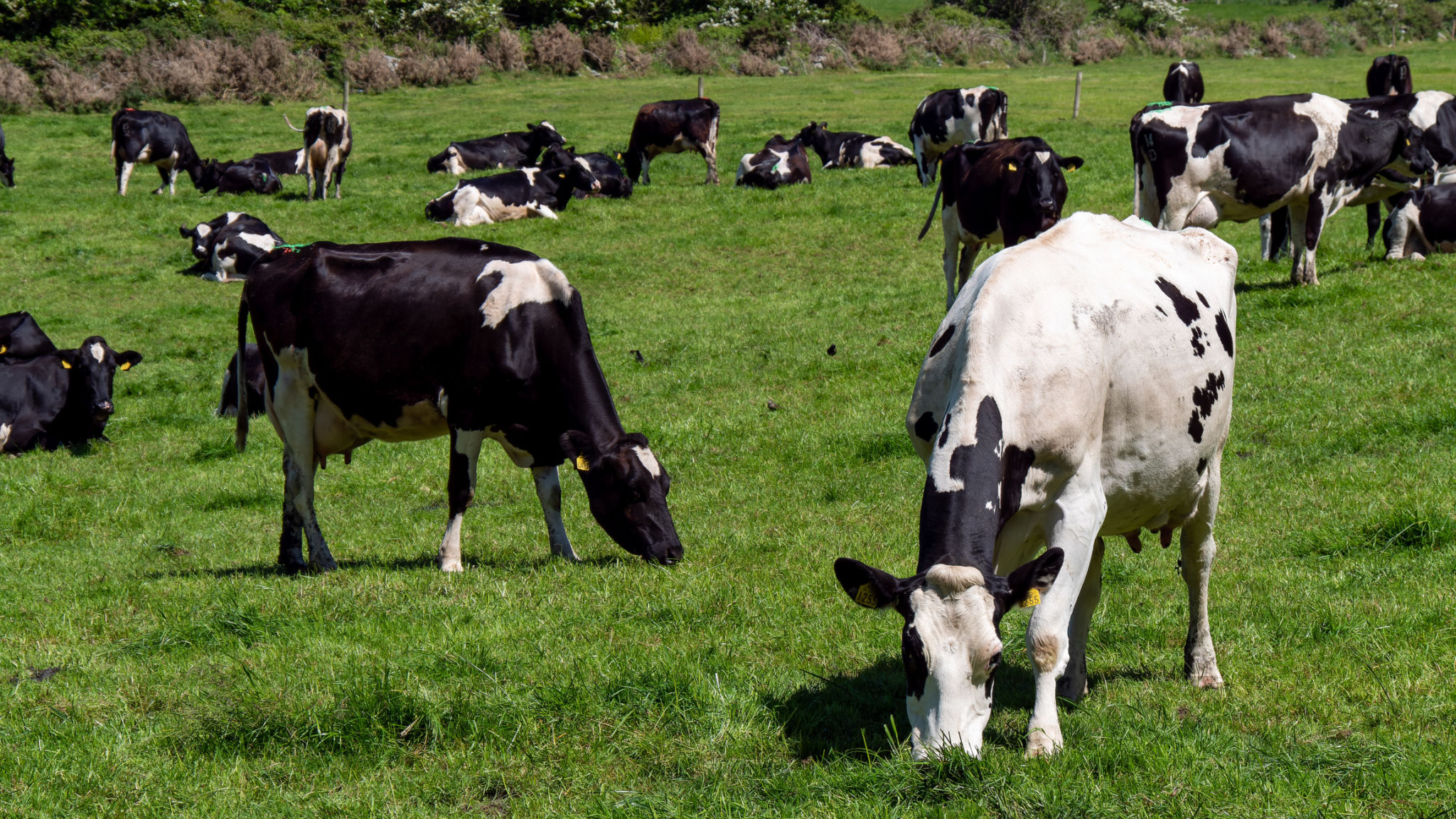
Where the Wind Is Blowing
Step back and look at Europe and beyond. In the UK, the prime cattle kill is forecasted to fall 5% this year. Across the EU, suckler herds are expected to shrink by another 7.5% by 2035. It’s not just us, this is something that's happening everywhere.
Retailers want predictability, processors want uniform carcasses, and policymakers want emissions down. That’s the direction of travel, whether we like it or not.
That doesn’t mean sucklers are dead in the water, but it does mean they’ll likely become more niche, geared towards quality weanling production, or tied into premium, high-welfare schemes. The space for middle-ground suckler operations is getting tighter by the year.
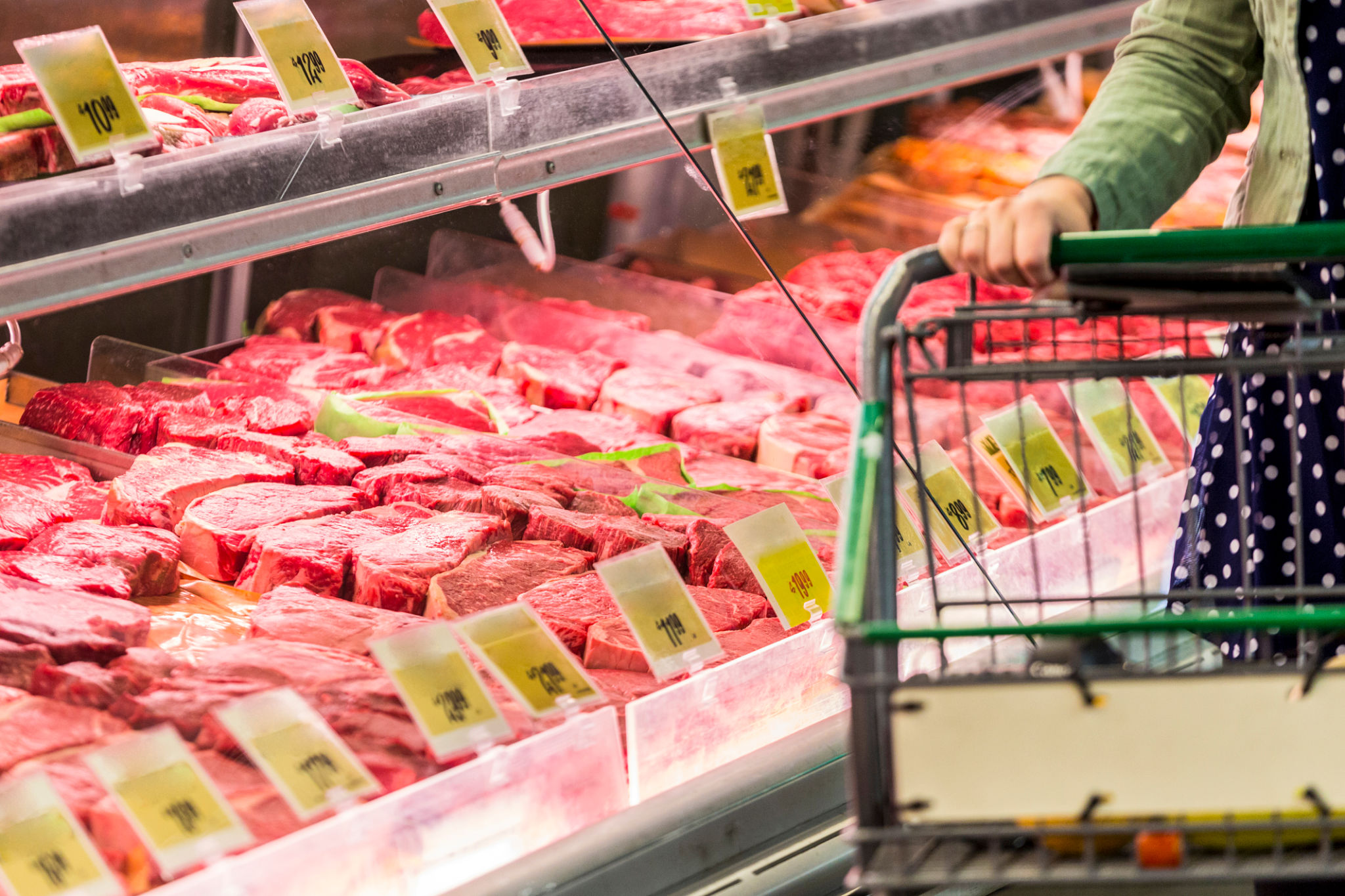
So What Should You Do?
Every farm is different, but if you’re standing in the yard wondering what your next move should be, ask yourself a few honest questions:
- Are your margins where they need to be?
- Do you know what your buyers want next year—not just this year?
- Are you set up to chase schemes and get paid for good practice?
- And most of all: is the system working for you, or are you working to keep the system afloat?
Because whatever direction the beef game heads in, it has to work for you, your land, and your life.
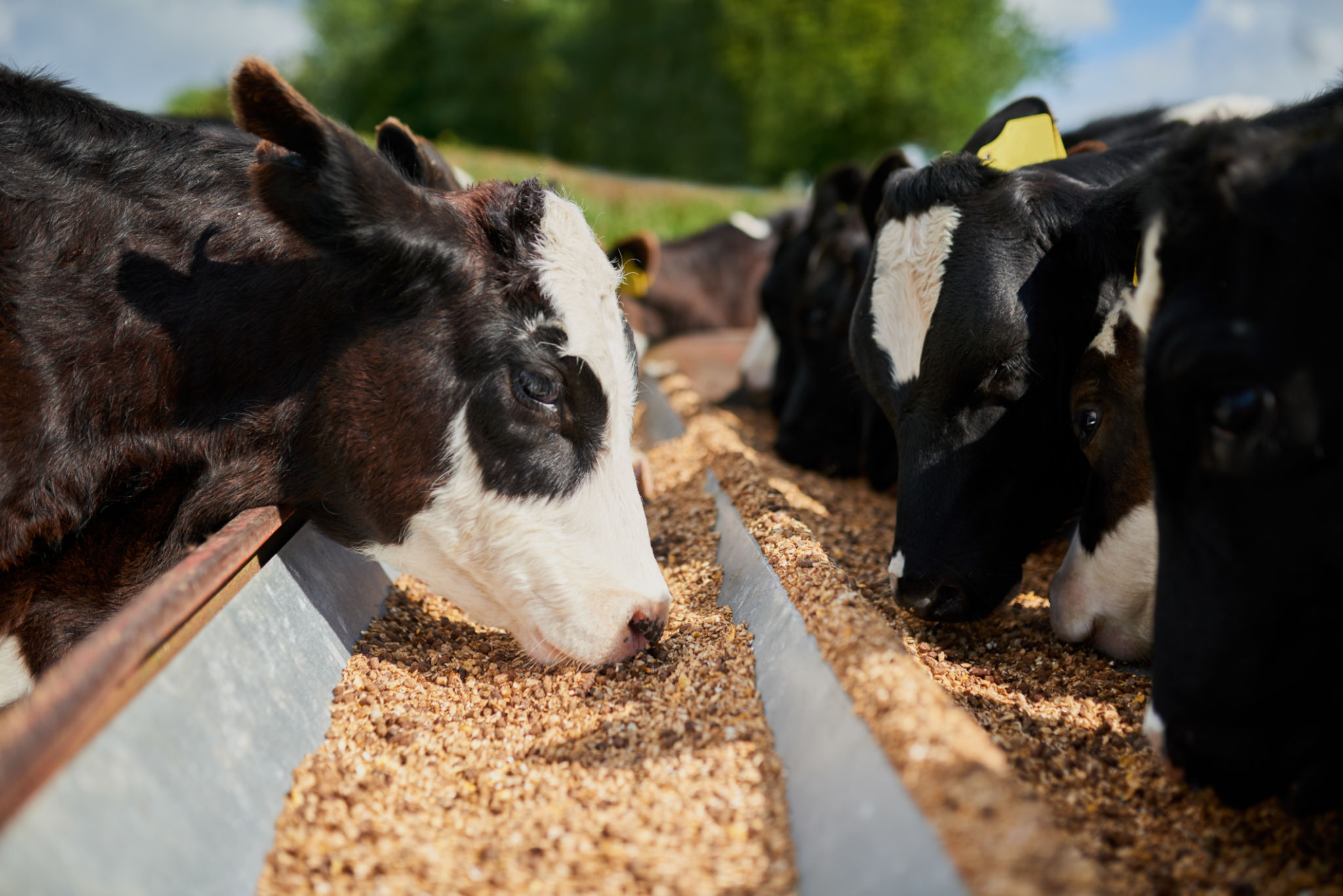
Conclusion
This isn’t about picking sides. It’s about survival, strategy, and staying ahead of the curve. Suckler beef has a proud place in Irish farming, but so does adapting. And if dairy calves can bring good beef, good margins, and a fairer balance of life and work, then maybe it’s not the wrong road. Just a different one.
Wherever you're standing now, whether you’re calving a 12-year-old cow in a storm or bottle-feeding a March-born Friesian in a poly-tunnel, know this: the future’s still wide open, and as always, it’ll be shaped by the people who show up and put the work in.
*By Anne Hayden MSc., Founder, The Informed Farmer Consultancy.
